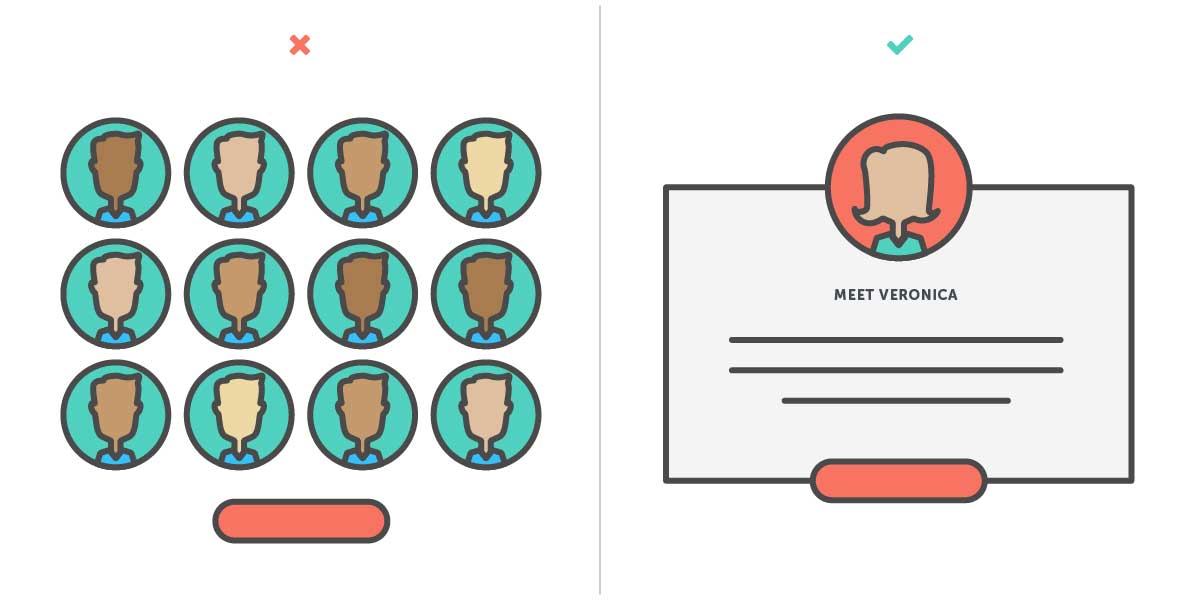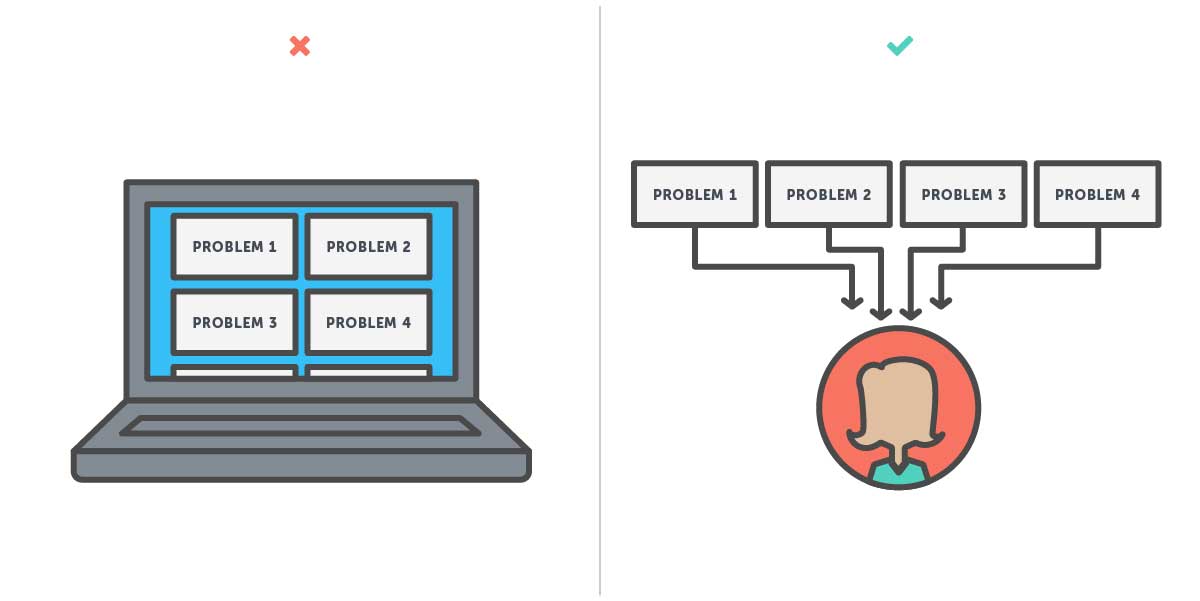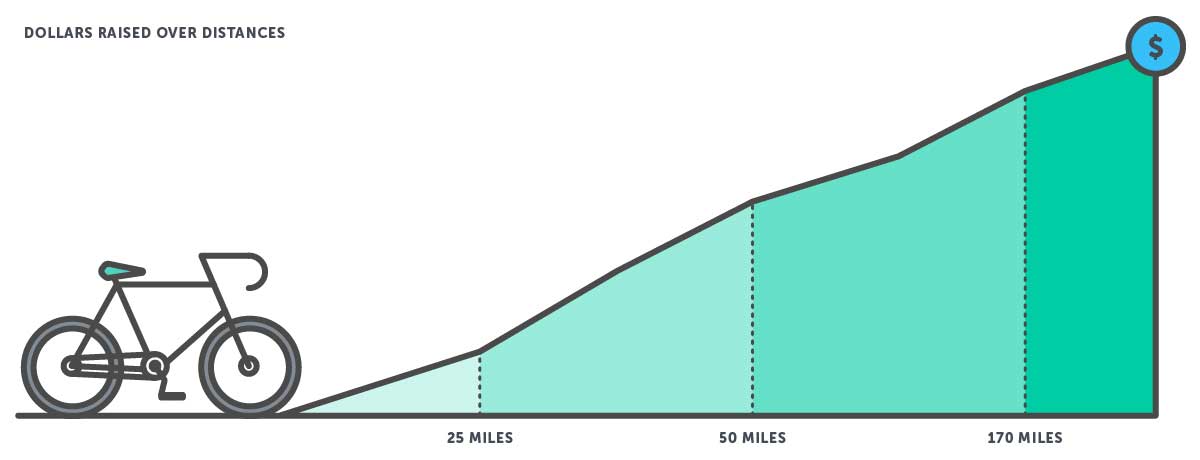6 Fundraising Psychology Hacks You Need to Know

Charitable giving is admirable, but it’s also a puzzling phenomenon to many psychologists. What motivates a person to put aside their own interests and give money (or other resources) to someone else, often someone they don’t even know?
Luckily, research allows us to understand what motivates people to donate and what organizations can do to encourage philanthropy. Here are some important findings nonprofits can use to optimize their fundraising strategies.
1. Identifiable Victim Effect
The identifiable victim effect is one of the most important psychological concepts for fundraisers to understand. Experiments indicate that people are more likely to donate to a cause when they are presented with a single, identifiable victim than when presented with a group of victims.

Give your audience a main character to root for—a single person they can emotionally connect with. Include identifying details, like their name, job, or hobbies, to help potential donors get to know the person. Of course, only share someone’s story with their permission.
Read Next: The Guide to Nonprofit Storytelling
2. Psychic Numbing
Many organizations try to convey the scale of the problem they work on by highlighting the vast number of people in need, but this can backfire.

The problem with telling donors about 10,000 people in need is that it leaves them overwhelmed. They can’t know and connect with thousands of people, so it’s easier to just tune out. Present individual stories so your audience can relate and imagine providing aid on a smaller scale.
3. The Time-Ask Effect
When it comes to fundraising, it can be more effective to first ask for your audience’s time before their money.

In several studies, research found subjects who were first asked to give their time to a nonprofit donated more money than subjects who were immediately asked to make a monetary gift. Starting the conversation with a money ask puts people in a transactional, utilitarian mindset, whereas asking for time puts a focus on the experience and how good it feels to give back.
When you interact with potential supporters, first invite them to talk and learn more about your cause and volunteer opportunities. Instead of immediately thinking about their wallet, they’ll likely consider how the gift of their time could make them feel generous and happy. Even if they don’t actually volunteer, your audience may give more when you do ask for a donation.
An ask for a small time commitment also taps into the concept of consistency, which psychologists say leads people to take into account their past actions when they make decisions. For example, signing a petition is a small step someone can take to align themselves with your cause. If you later ask for a donation, they may be more likely to give because that behavior is consistent with their past support.
4. Emotion and the Decision to Give
People who feel more sympathy and worry for others in need are more likely to give. To get your audience to donate, you need to help them feel something for the people you serve. Presenting an identifiable victim is an important step.
The potential donor’s similarity to the person in need can also motivate them to give. For example, a mother who reads about an impoverished woman who cannot feed her children might identify with the victim and donate.
Part of the reason people donate to charity seems to be to subdue the negative feelings that arise when they see others suffering. This is one reason you must show donors that their contribution makes a difference. If they don’t think their gift will help the situation, a donation will seem futile.
5. Goal Proximity Effect
The closer you are to your fundraising goal, the more likely people are to give.
The goal proximity effect happens because people want to be part of a winning team. When you are closer to your goal and seem likely to reach it, people are happy to help you cross the finish line.
This is why you should call on your most devoted supporters early on in your fundraising campaign. When they donate and create fundraising pages, you’ll gain momentum toward your goal that activates others.
6. Martyrdom Effect
People tend to feel more satisfied by accomplishments they work hard for. This suggests that potential donors can derive more meaning from a contribution to your cause if it requires a certain amount of effort. This is one reason endurance events are popular for fundraising campaigns.

In a study of participants in a bicycling event with three races of different lengths, those who committed to longer events tended to raise more money for the cause.
How to plan your nonprofit’s charity run/walk event
Fundraising for charitable causes is an important and complex part of the social sector. Keep the concepts above in mind when you craft your overall fundraising strategy and even as you work to acquire major gifts.
For more tips and insights, download the New Updated Pocket Guide to Fundraising Psychology!

The Pocket Guide to Fundraising Psychology






